A dining table with 2 layers of top panel made of glass. The bottom layer is white to enable the casting of shadows, and the top layer of transparent glass is printed with an original transparent pattern. The glass sheet that appears white consists of two coatings, a matte white coating that is easier to form shadows and does not bounce off light, layered on top of a black coating that does not transmit light. Although the print on the top transparent glass is almost invisible, the shadows emerge on the white surface through the interplay of light due to the difference in the refractive index between the glass and print sections. A design that enables the visualization of a sense of substance within transparency through the combination of two different “transparencies”.
This city scape like scene was one of the main parts of the exhibition.


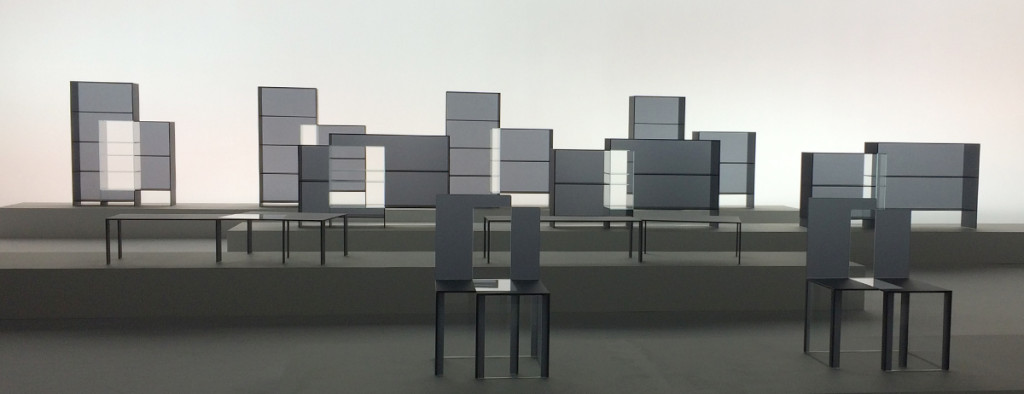
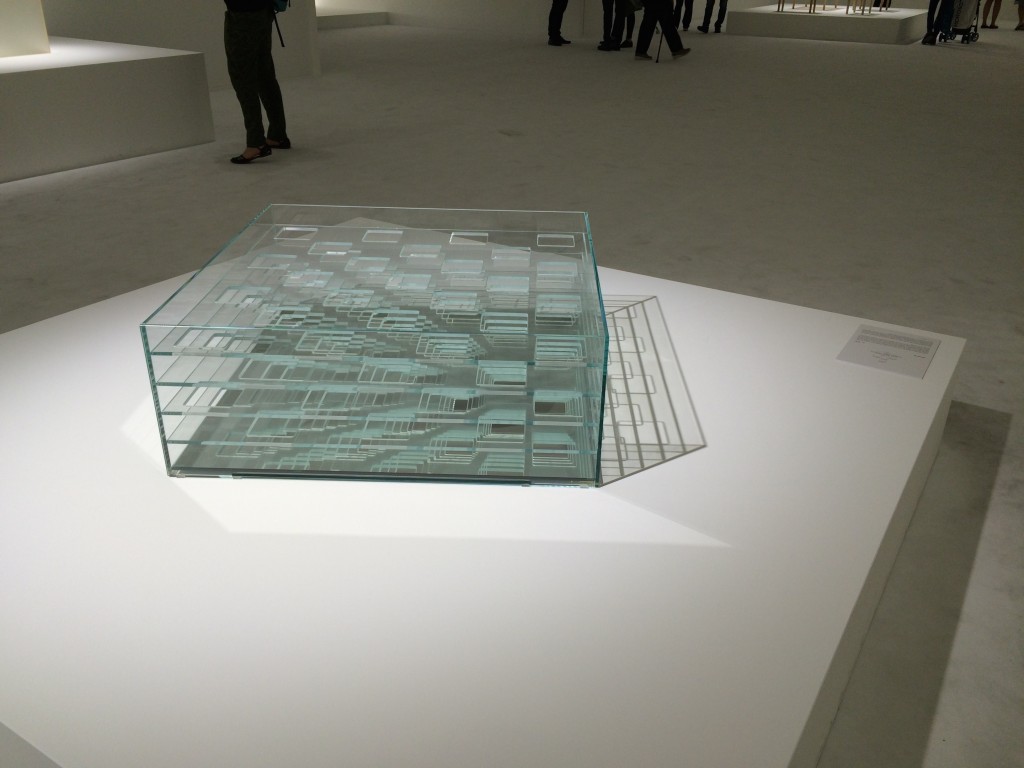
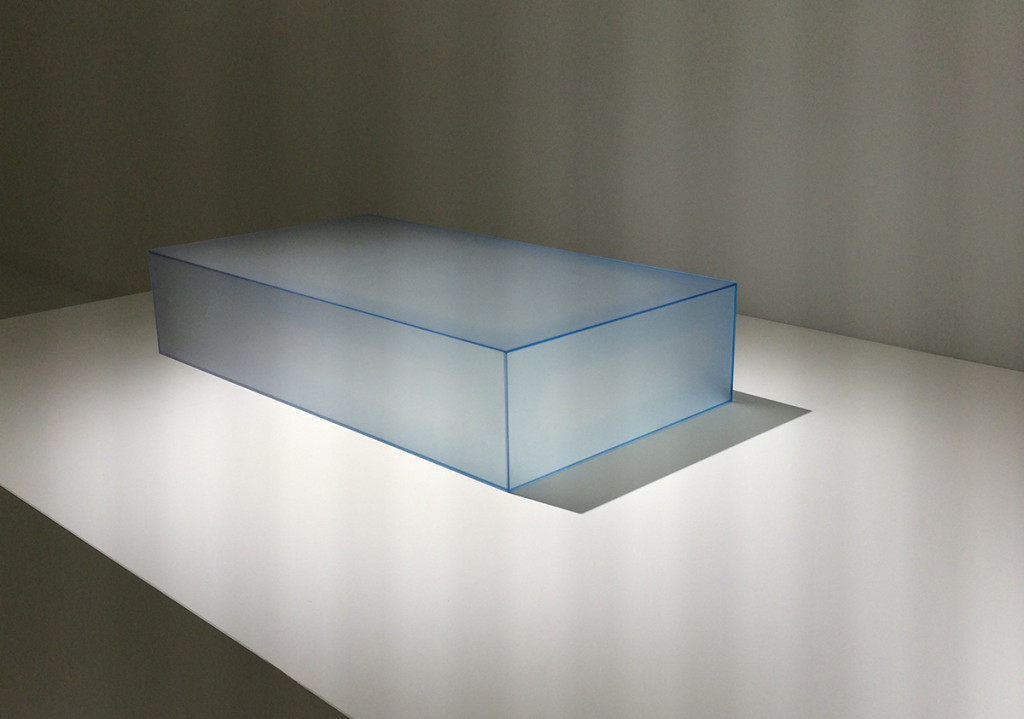

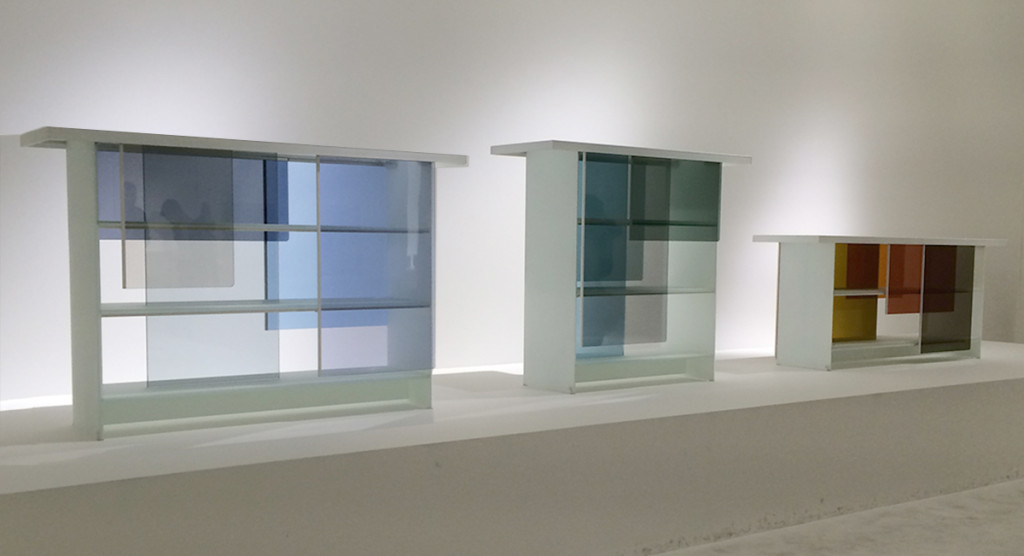
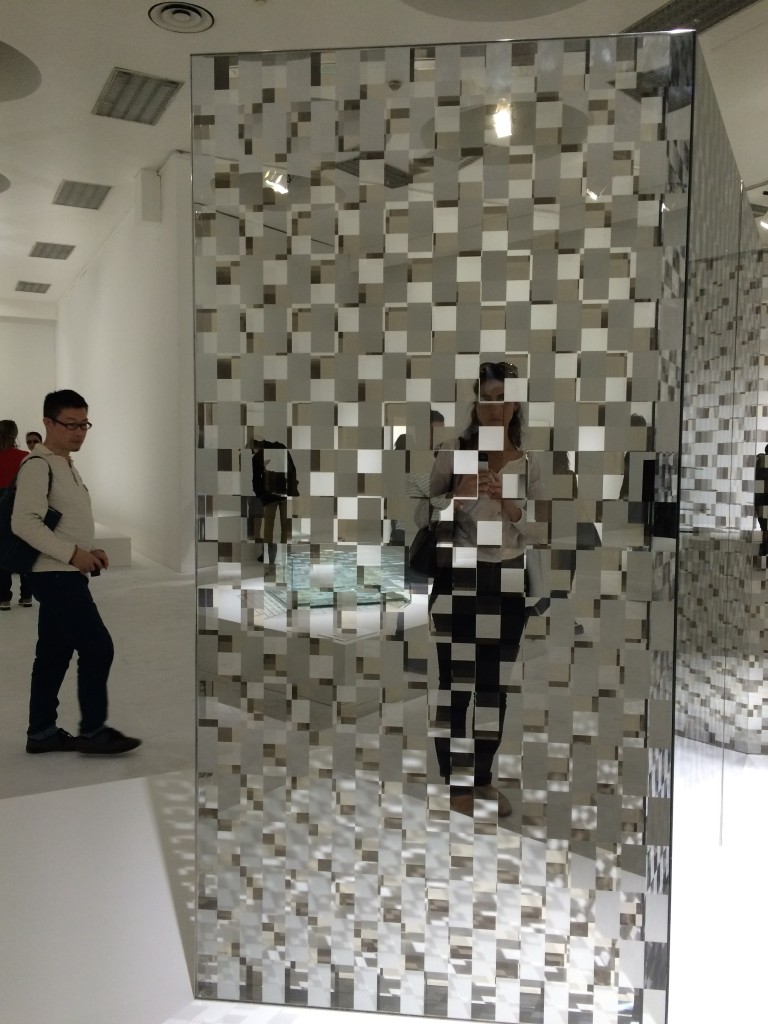
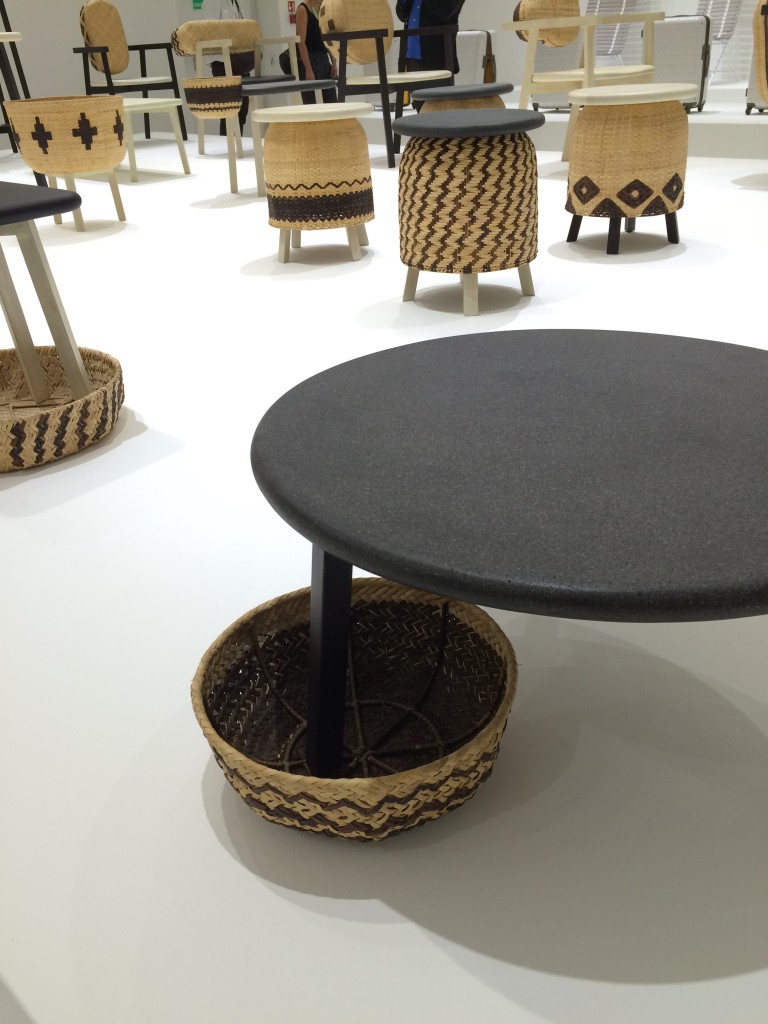
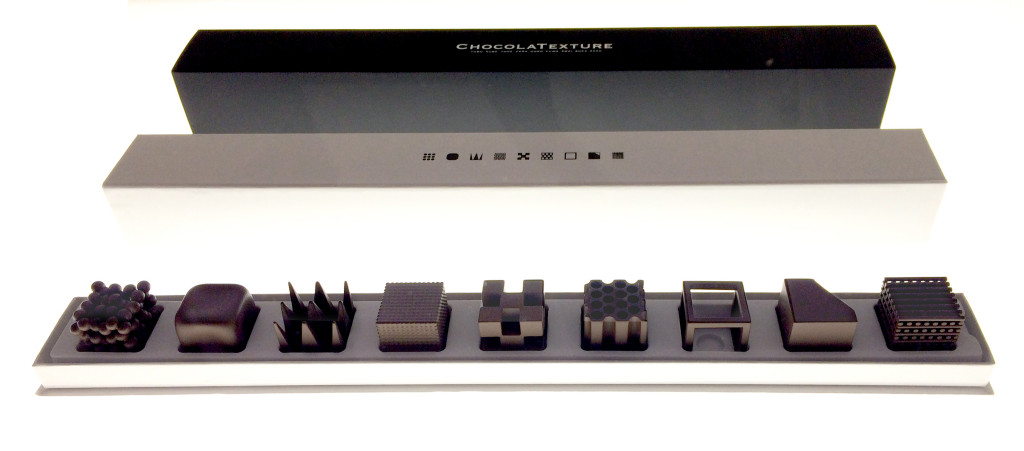

Start the conversation